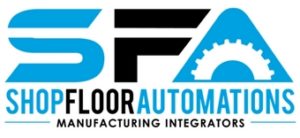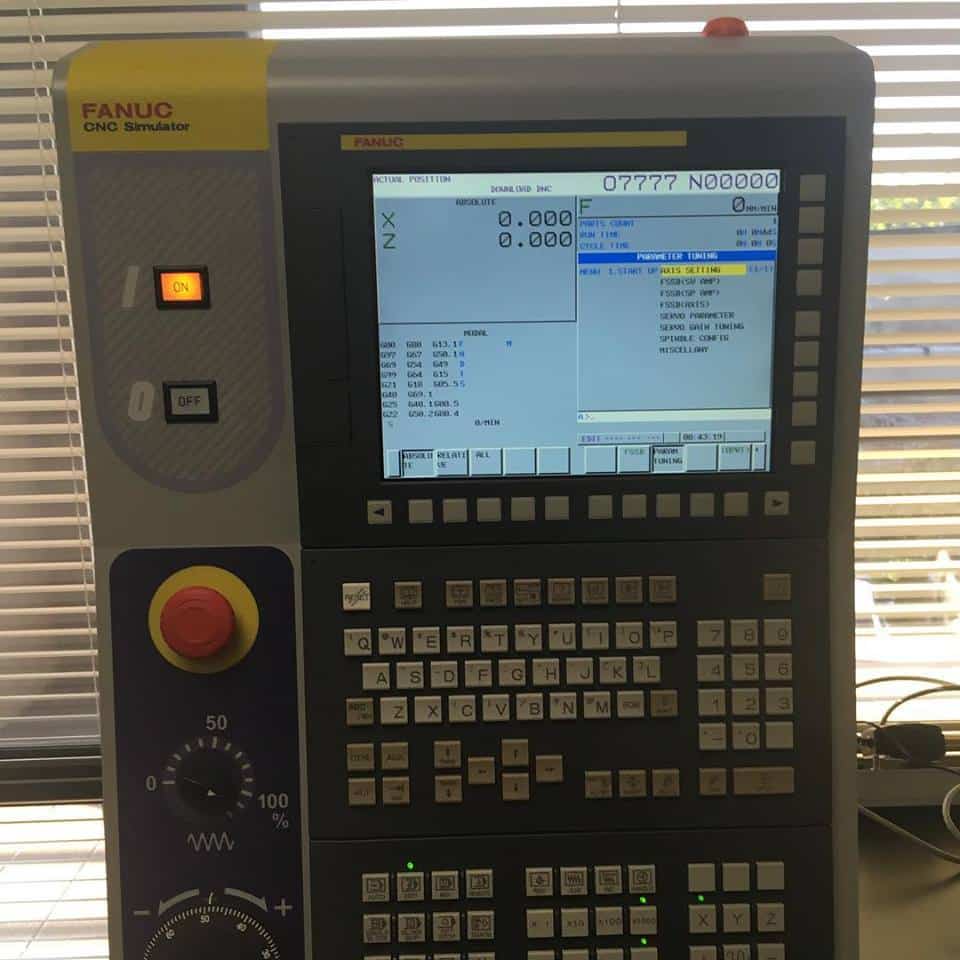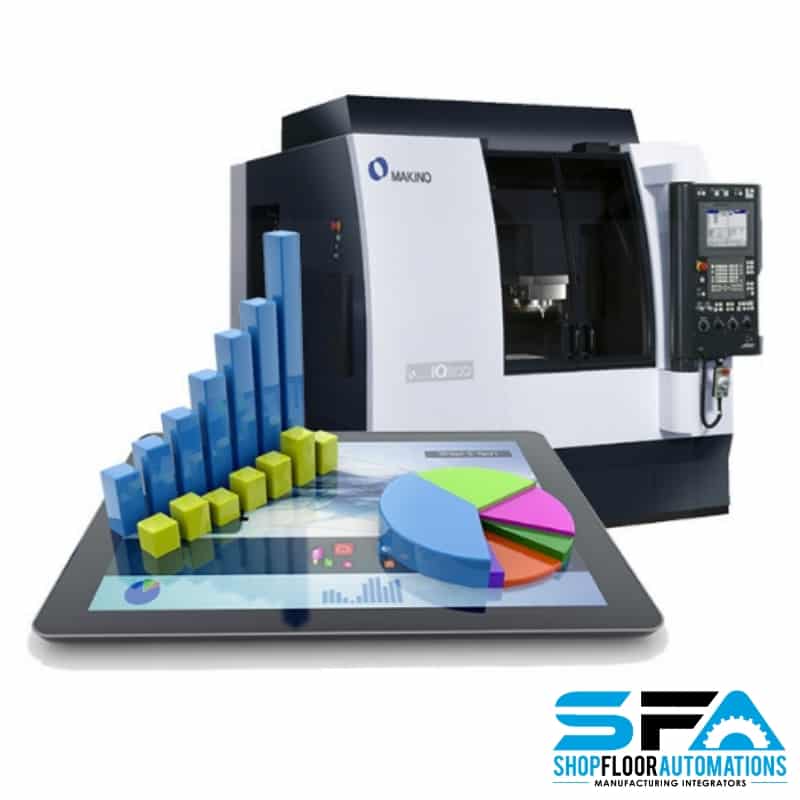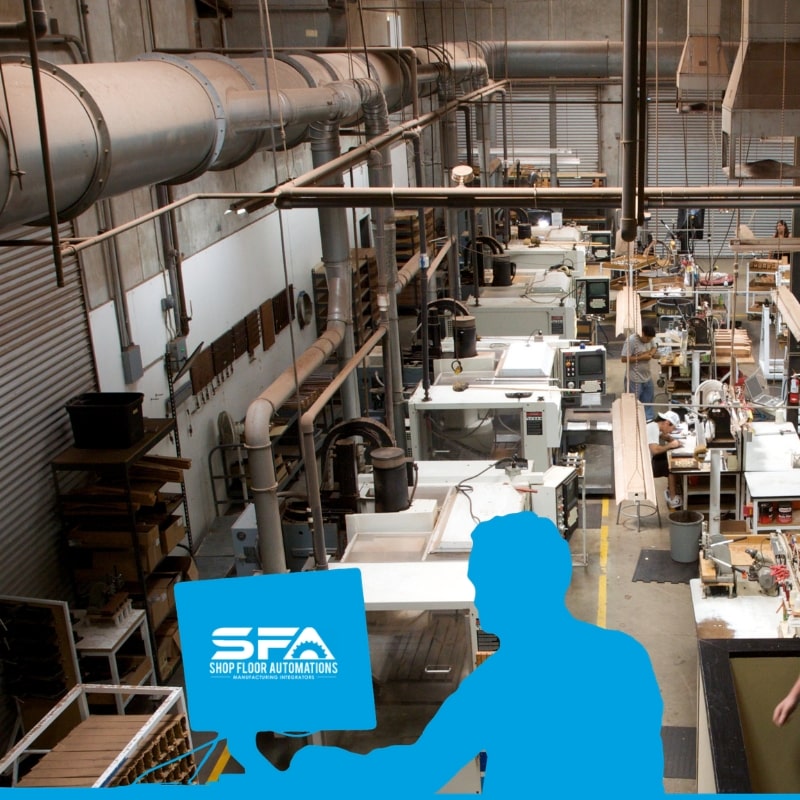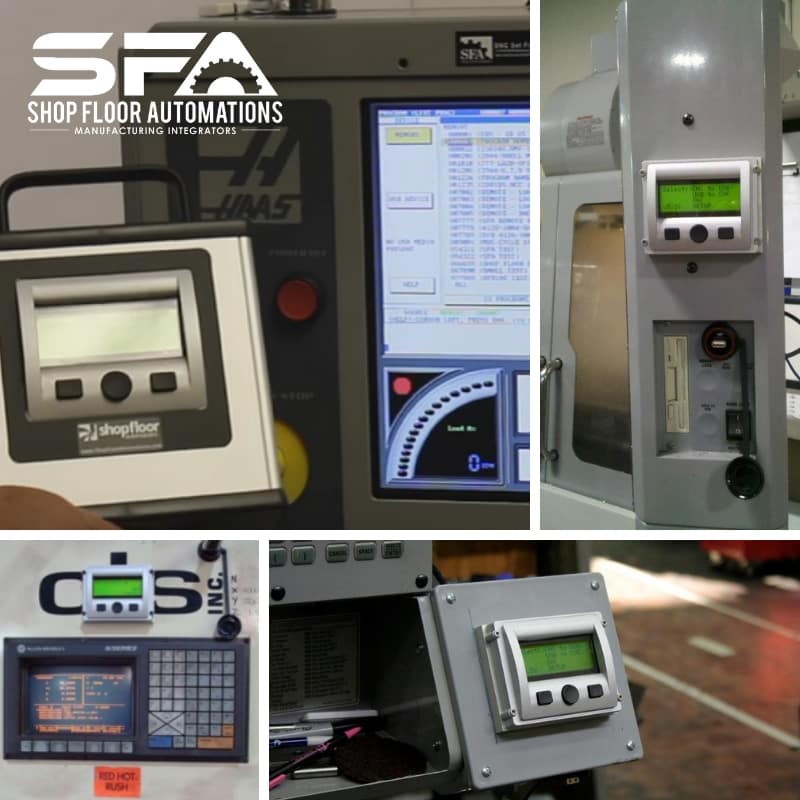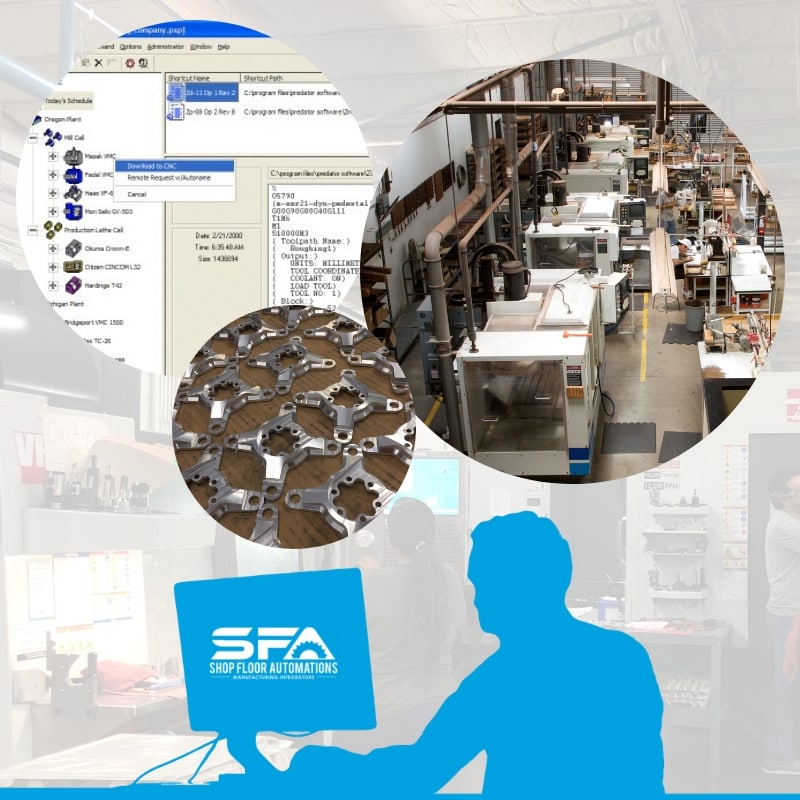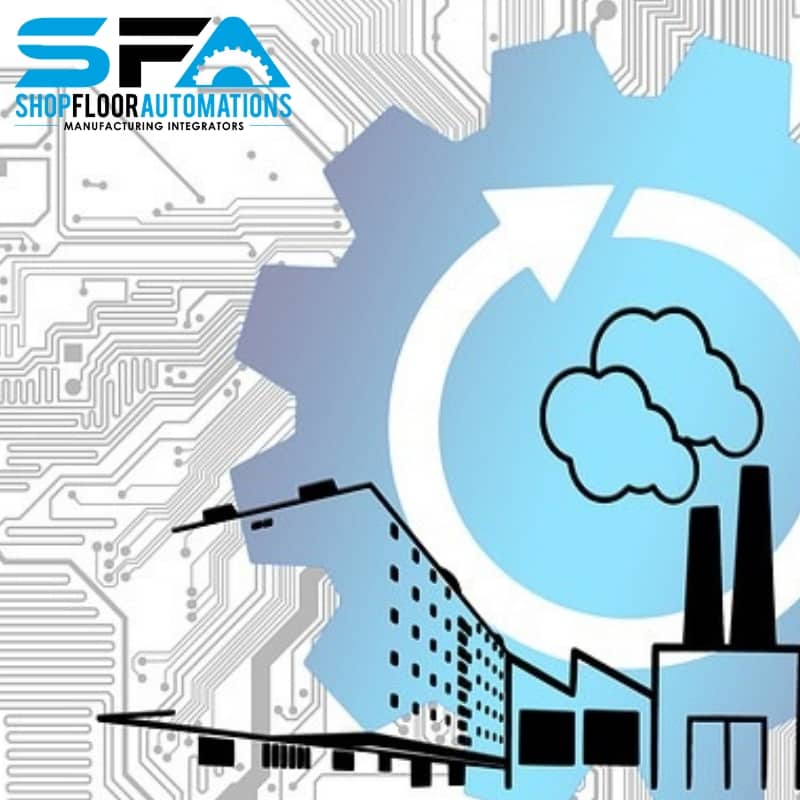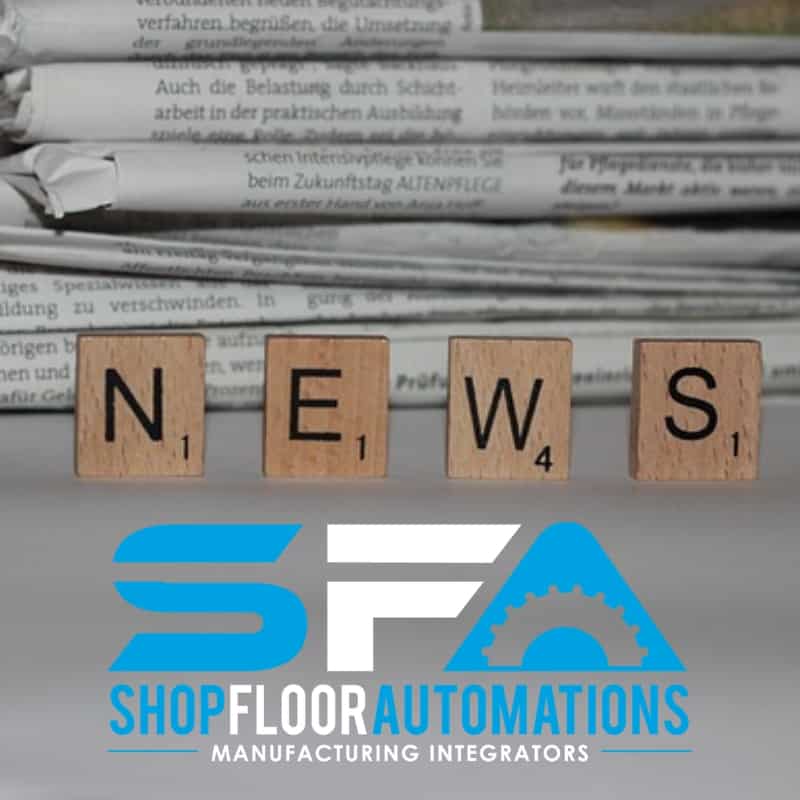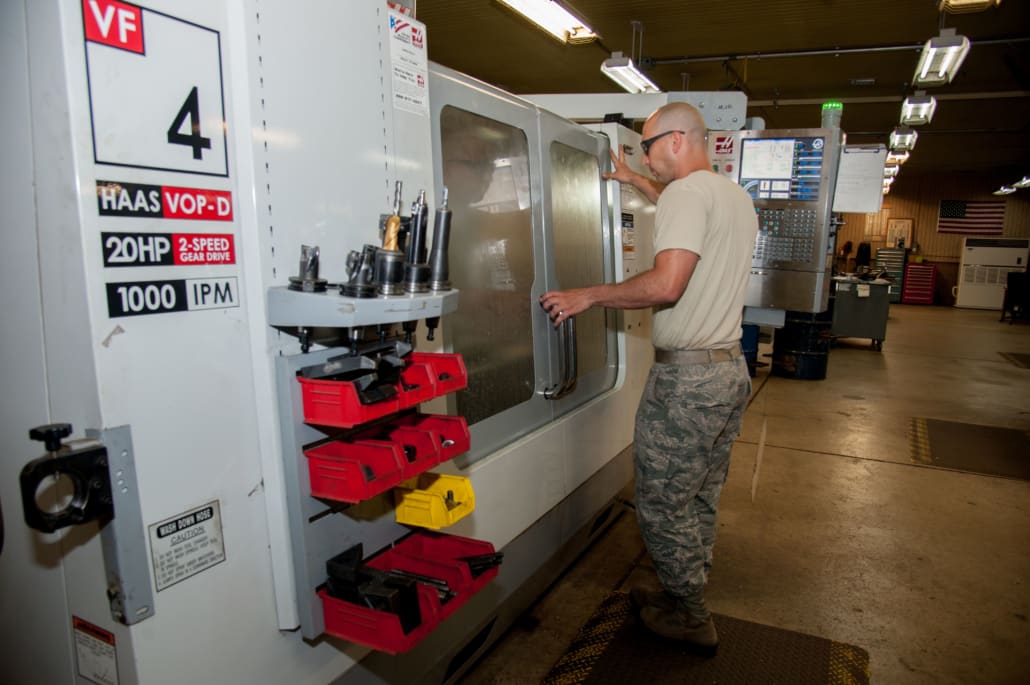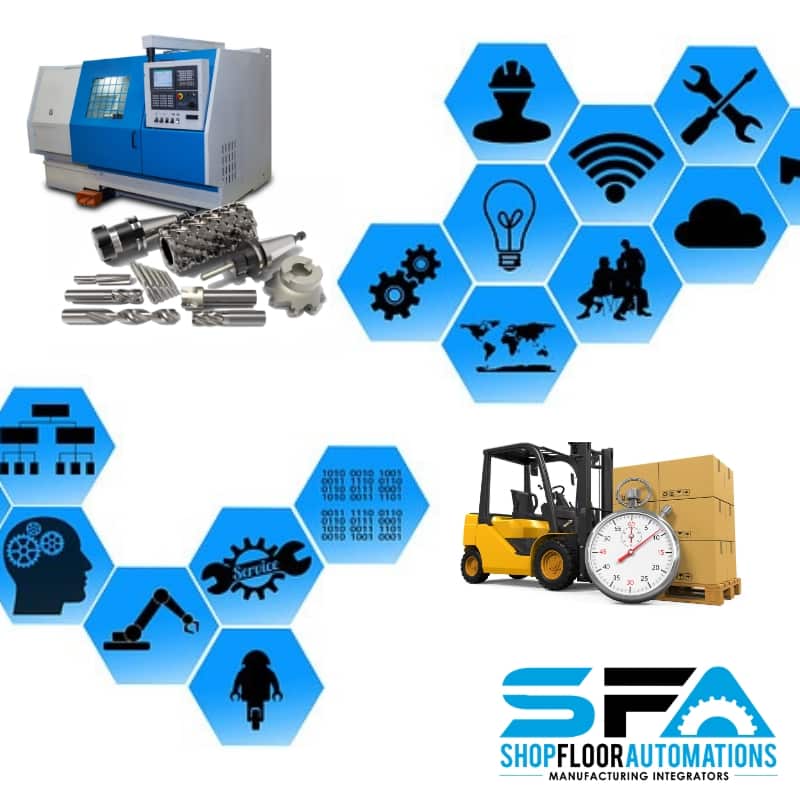
According to SME’s ToolingU Manufacturing Management Supervisor Essentials Course, just because you’re a manager doesn’t automatically make you a leader. Leaders cope with change and complexity.
Have you taken the time to lead your shop floor recently? Do you know things needs to change?
Typically, those who need automation tools are the machinists, production workers and shift supervisors on the shop floor. Production managers also find these solutions, but often, those who are directly making parts bring their requests to the production manager.
The best approach for the production manager or anyone wanting change would be to present these solutions to decision makers at the company. Usually, the Quality, Engineering and Maintenance departments above Production Management won’t have this authority, so let’s go
The first step is proving the value of automation solutions to Departments such as Purchasing, Finance/Accounting or even as high up as the President/Owner. You can check this article from MFG Talk Radio on proving manufacturing ROI to help in this mission.
Other than showing how manufacturing automation can help your organization, here are other steps you can take to improve production:
- Situational Analysis – Identify the shop’s areas of success and where improvement is needed within the organization initially.
- Correct Project Planning – The best process for planning projects is to define objectives, determine the realistic scope/budget, create a work breakdown structure, then delegate approved tasks out. If you’re not in management, draft a plan to present to a higher-up.
- Forecasting – Can you predict or measure demand and control costs? Looking at production for the next three to five years may seem like a long time frame, but this is the most common strategic plan used.
- Organization & Planning Tools – The correct resources will help your company’s longevity. They range from budgeting, charts, and scope, to your staff and staffing choices.
- Monitor & Control – Yes, we always recommend machine monitoring, but there are other observations to make. Once a month, curate productivity reports. Do operations research and evaluate your schedules based on historical data.
Ready to move forward? Call (877) 611-5825 or fill out an online contact form.
